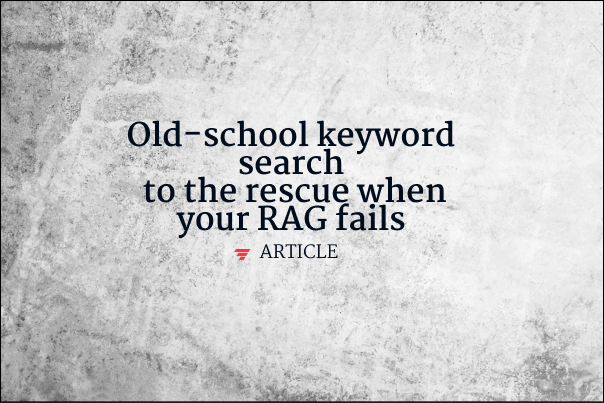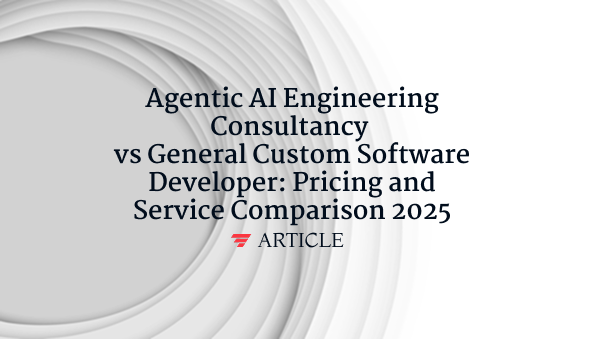LangChain history
LangChain history traces the framework’s evolution from a weekend side project to the de-facto open-source toolkit for building data-aware large-language-model (LLM) apps. 2022 Q4: ex-Airbnb engineer Harrison Chase open-sources the first Python repo on GitHub, abstracting prompts, vector search, and tool calls under the name “LangChain.” 2023 H1: Retrieval-Augmented Generation (RAG) chains, agent tooling, and vector-store adapters (Chroma, Pinecone, FAISS) debut, pushing GitHub stars past 10 k. Seed funding from Benchmark and Sequoia turns the hobby into LangChain Inc. 2023 H2: a TypeScript port, streaming callbacks, and memory modules launch; the community surpasses 2 000 contributors and powers early AI copilots at Zapier and HubSpot. 2024: multimodal support (Gemini, Llama 3-70B, vision embeddings), LangGraph DAG engine, and an MIT–licensed evaluation suite arrive; enterprise adoption grows as Azure OpenAI and SOC 2 compliance guides land. 2025: LangChain clocks 70 k GitHub stars, weekly releases, and a plugin ecosystem rivaling Kubernetes—cementing its place as the “React for LLMs.”
Want to learn how these AI concepts work in practice?
Understanding AI is one thing. Explore how we apply these AI principles to build scalable, agentic workflows that deliver real ROI and value for organizations.




